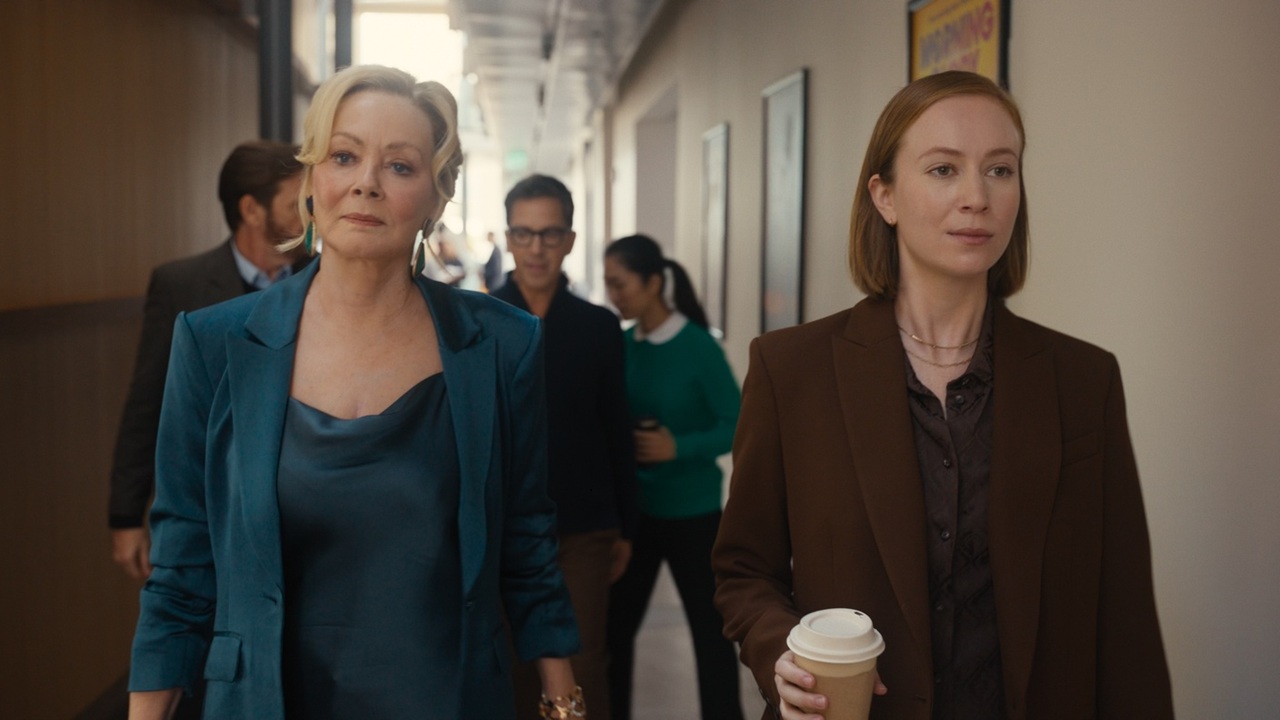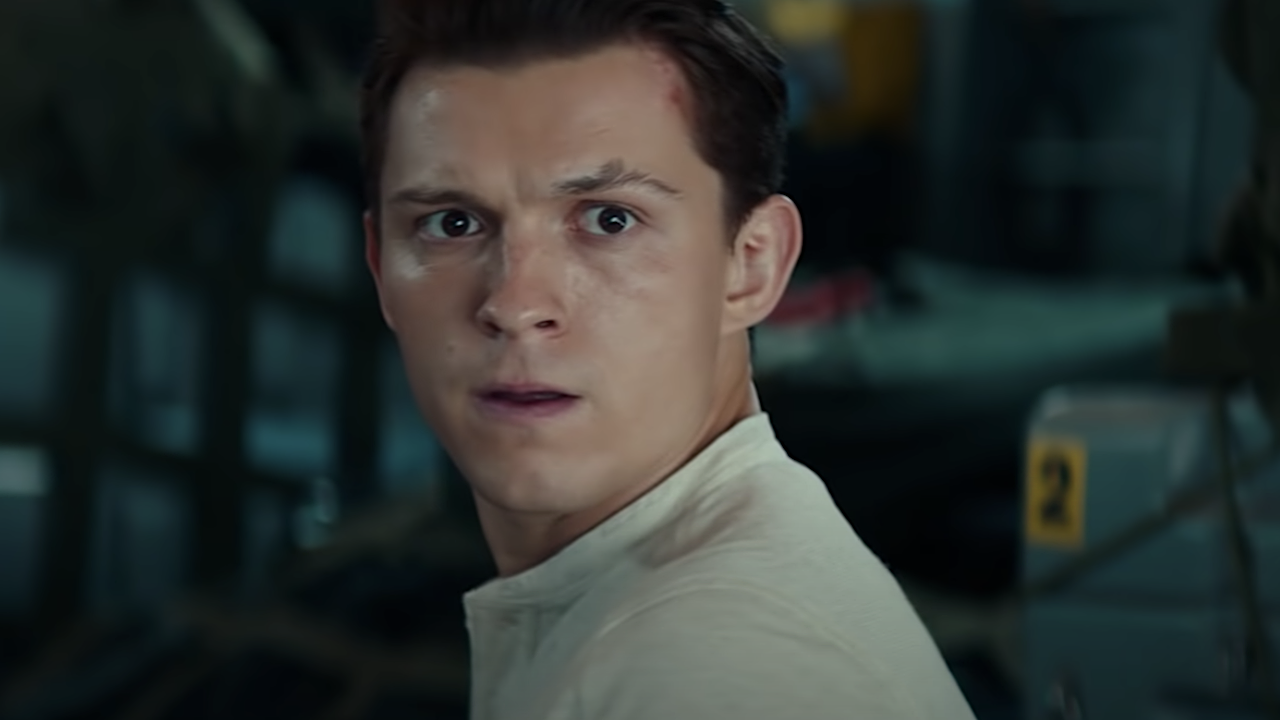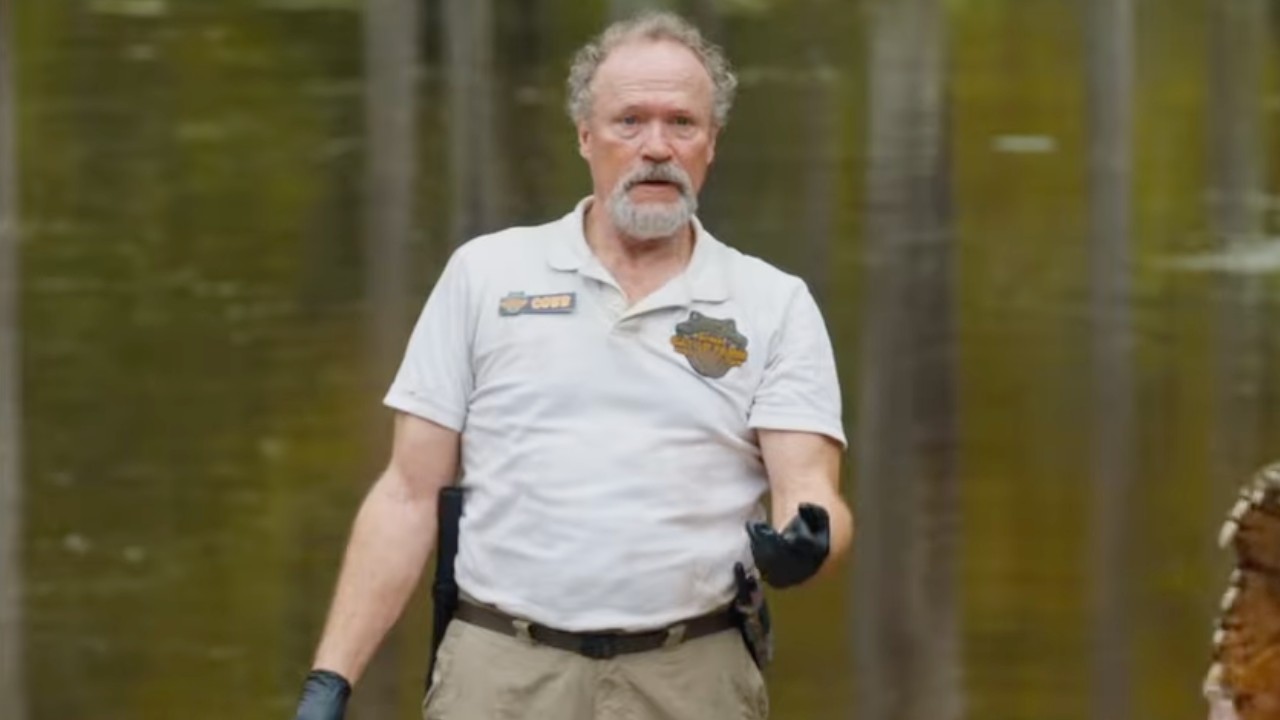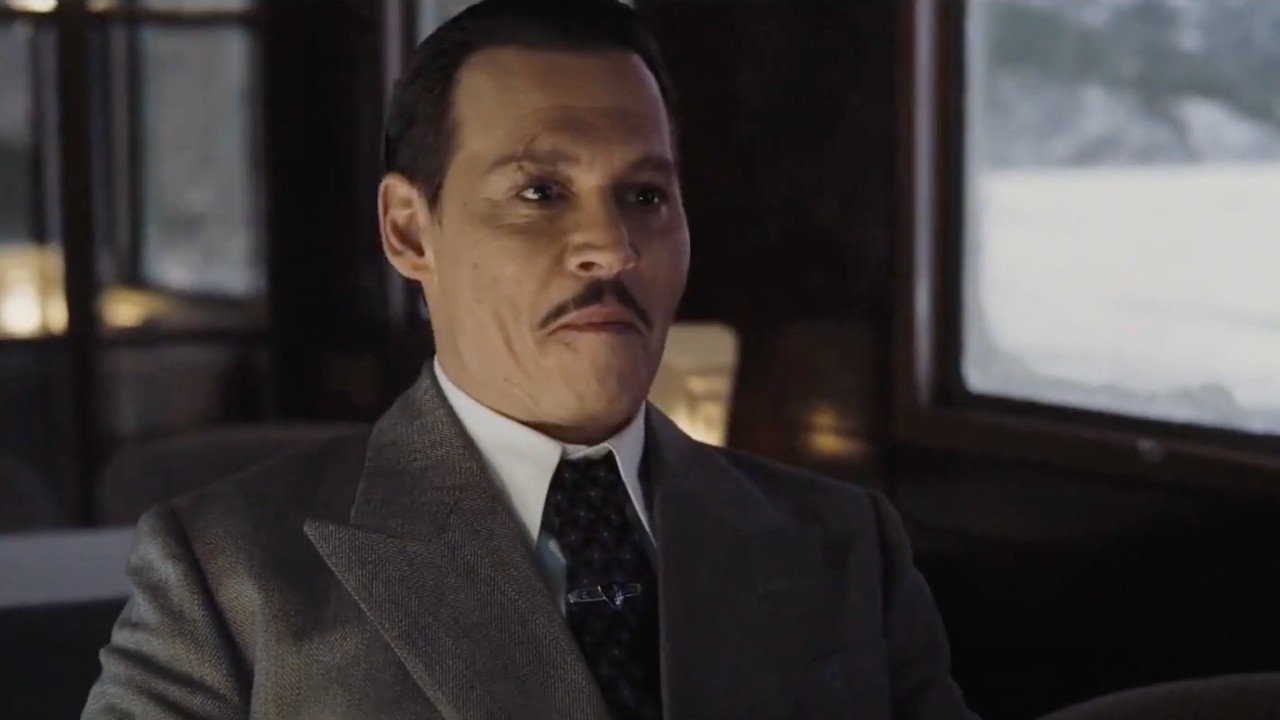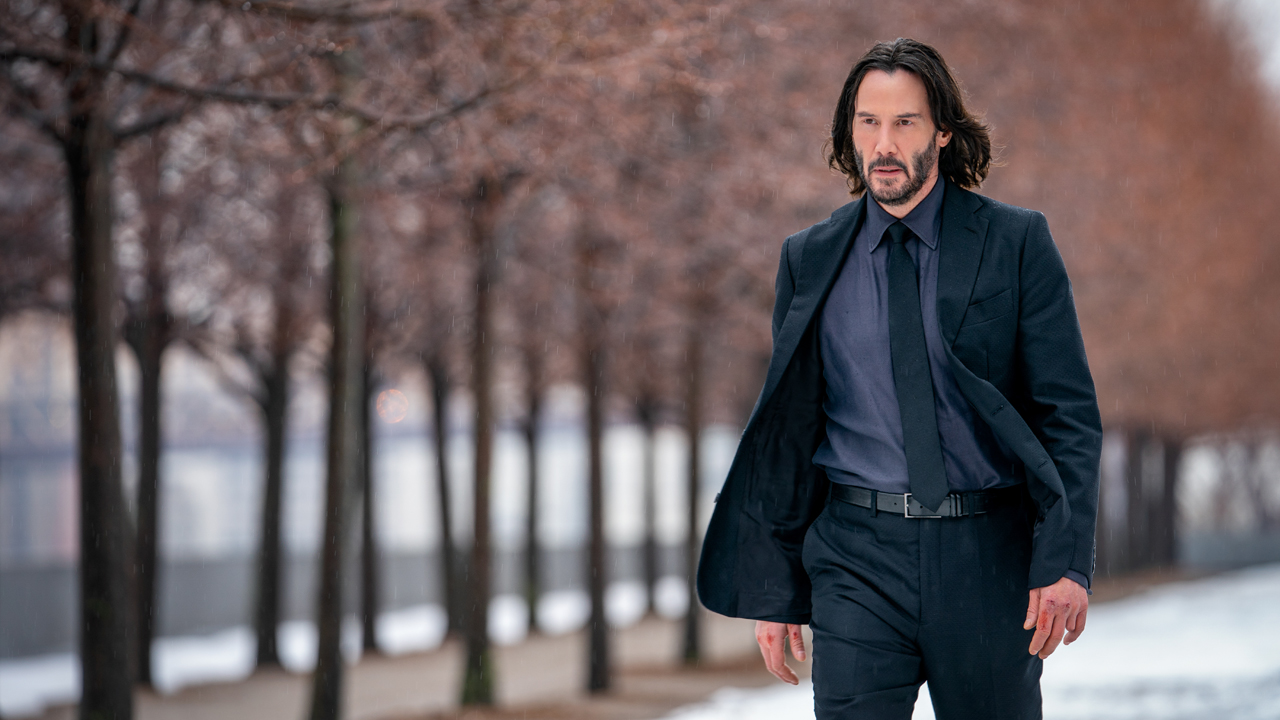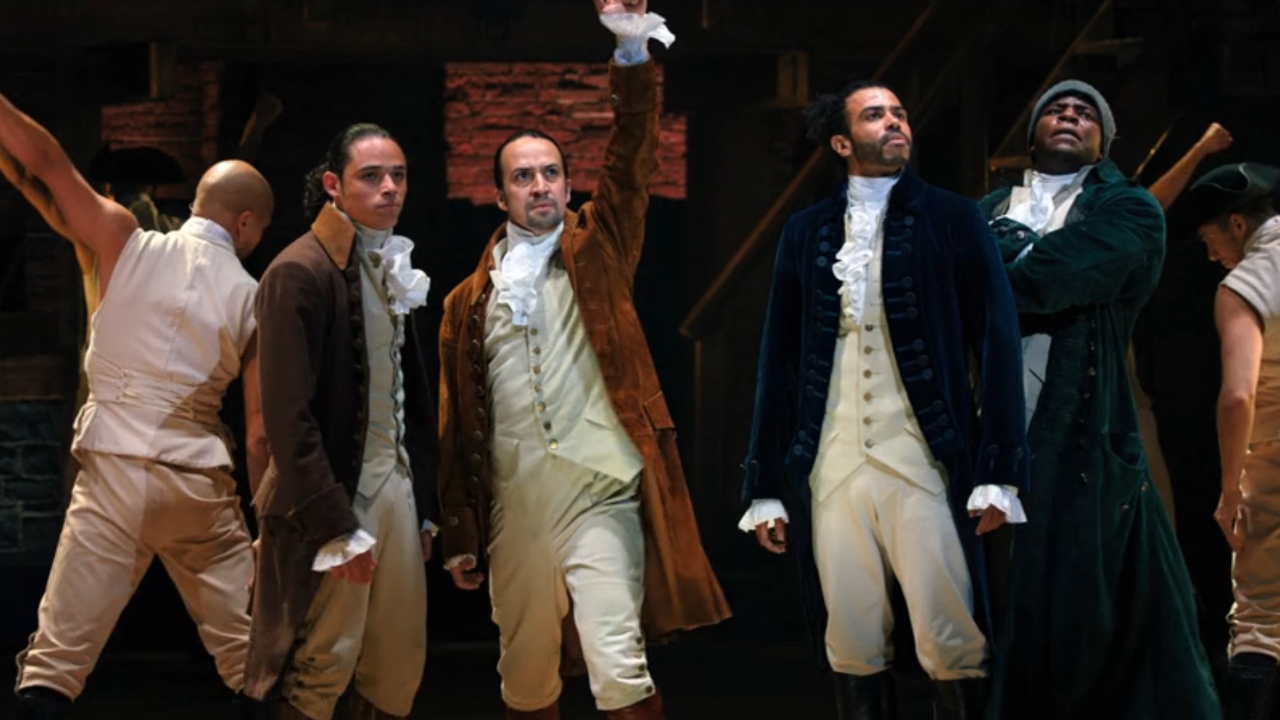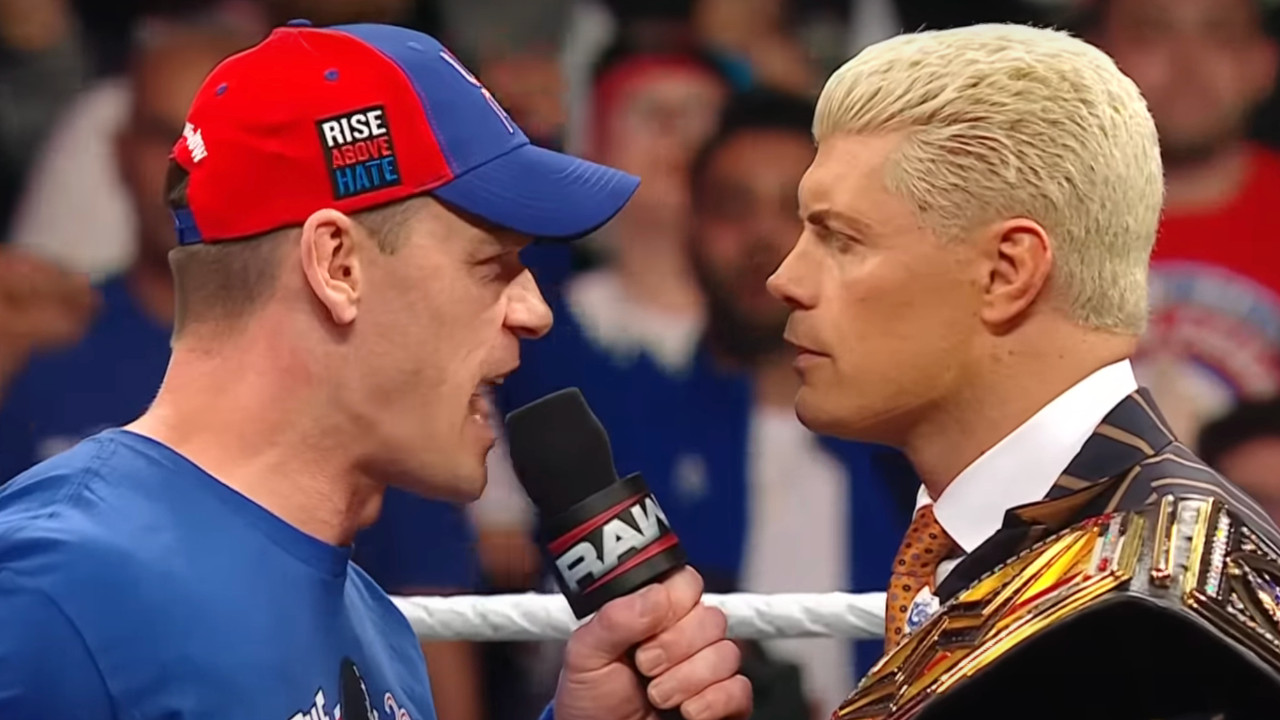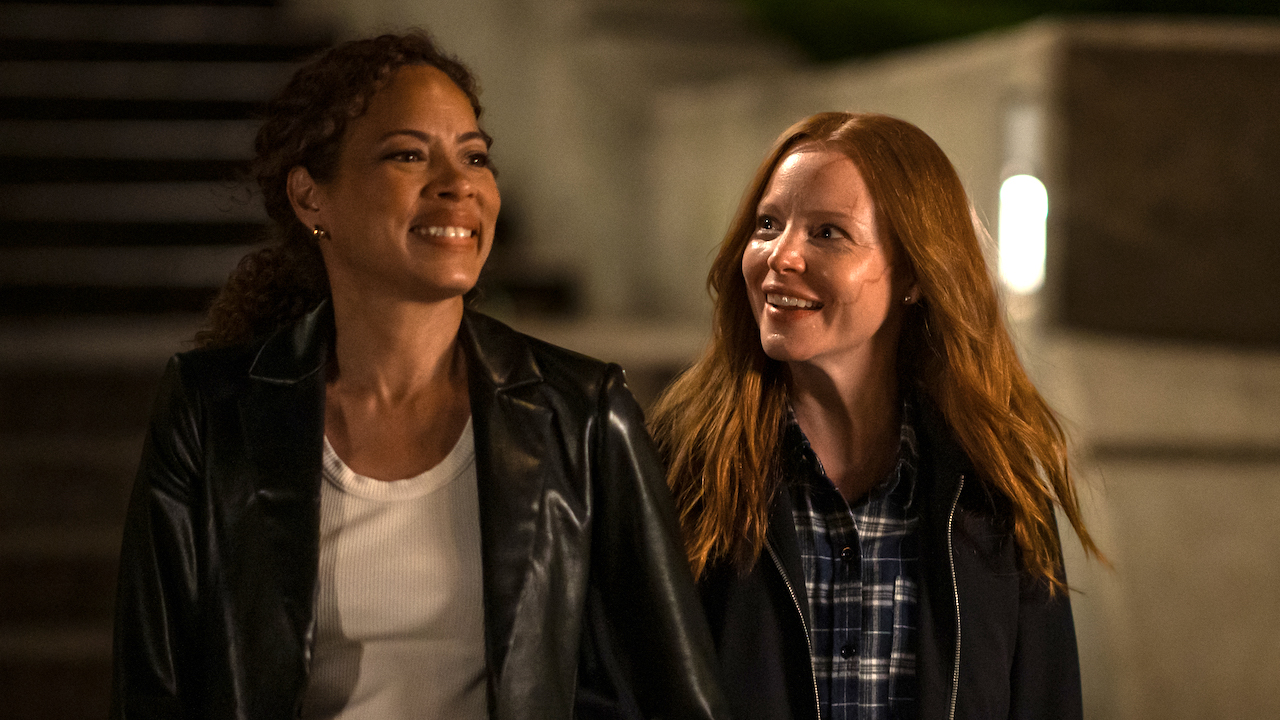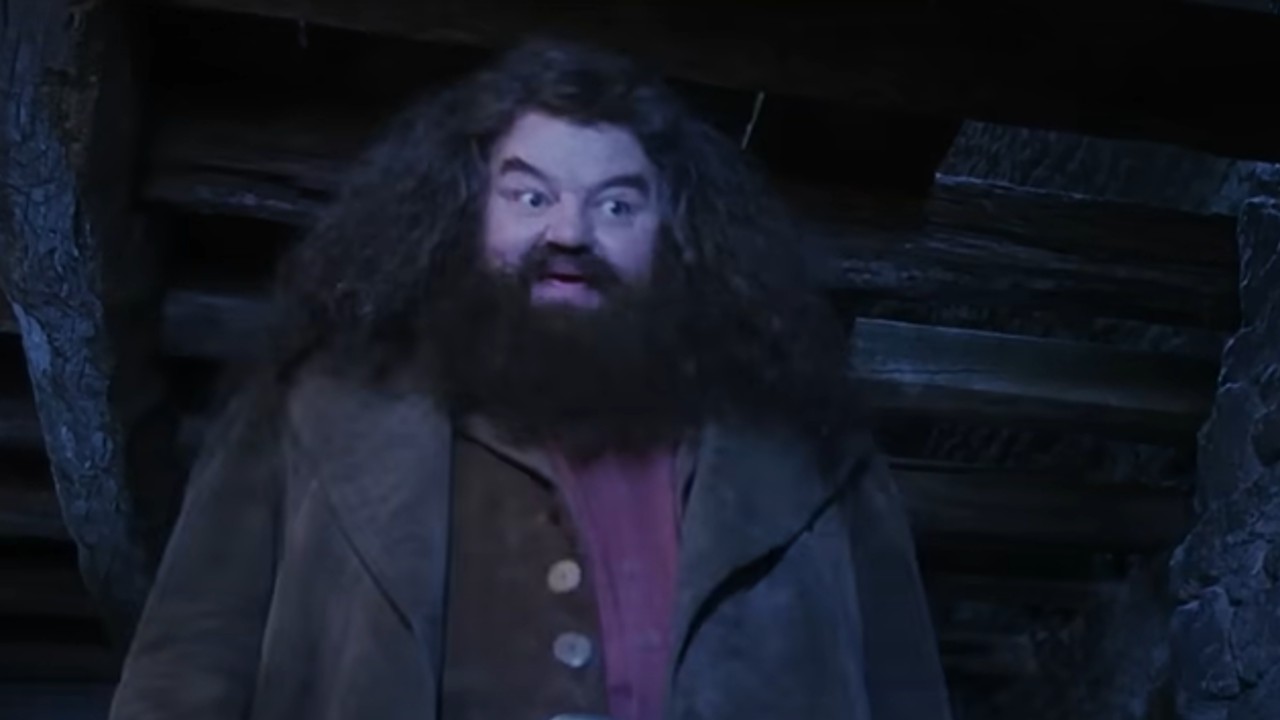Going Turbo In The World Of Wreck-It Ralph
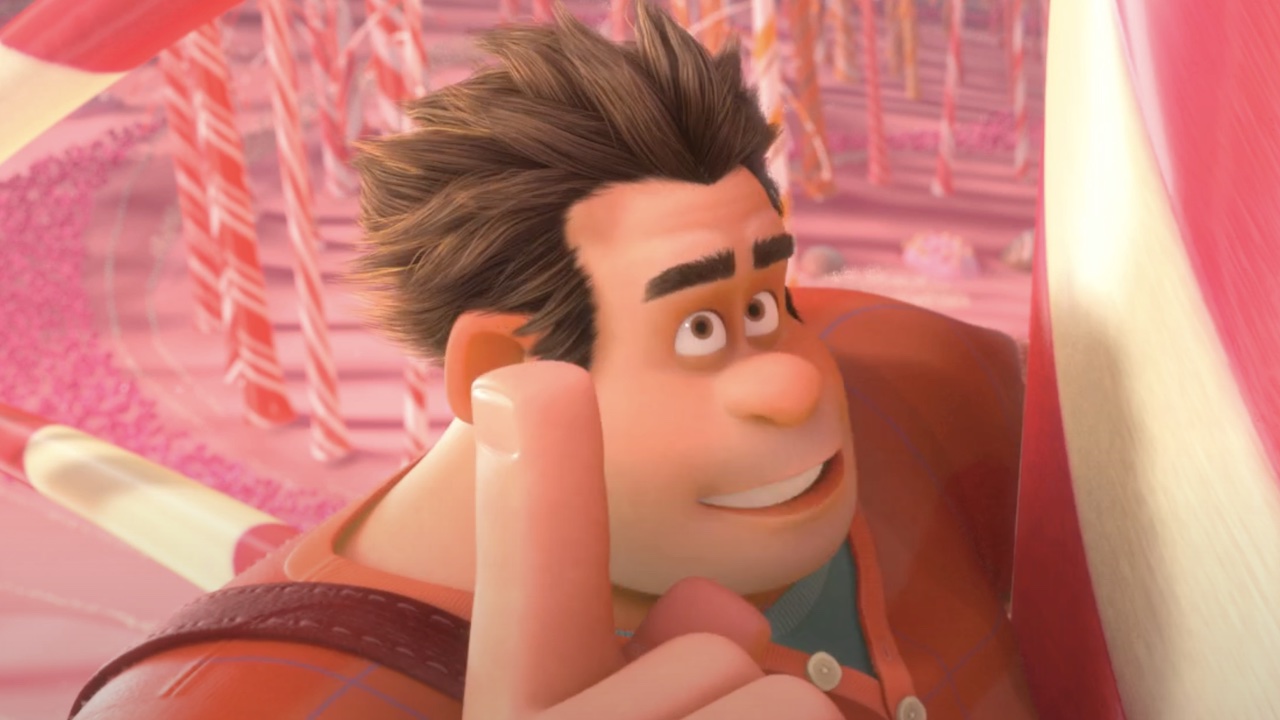
What makes Wreck-It Ralph such a fascinating movie isn’t just that it turns a villain into a hero or that it has a bunch of video game references – it’s the entire world that it creates. Instead of looking at games as single entities, the movie establishes that an arcade is actually an interconnected universe, where 8-bit characters, space marines and candy-themed go-kart racers all join together for a fun adventure. It’s an ambitious undertaking with plenty of surprises (and a full heaping dose of nostalgia), and this past summer I had the chance to dive into the world head first with a trip to Disney Animation Studios where they were working on the movie.
While the movie was still in production I and a group of other journalists were invited down to the Disney lot to get a first-hand look at the making of Wreck-It Ralph, and with the film in theaters this weekend I wanted to share the experience with you. Check it out!
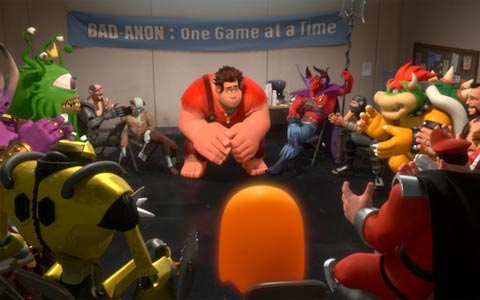
All Your Favorite Classic Characters In One Complete Set!
One of Wreck-It Ralph’s most exciting features are the fantastic video game character cameos that are spread throughout the film. Because all of the games in the fictional arcade are linked together via “Game Central Station” (which is actually a power strip that keeps all the games running), characters from titles old and new have quick, fun appearances that are not only funny, but also lend the project a great Who Framed Roger Rabbit quality. Be it Ralph giving some of his Pac-Man cherries to the team from Q*bert, who have been left homeless after their game has been unplugged; or Sonic the Hedgehog warning others about the dangers of “game jumping,” the walk-ons add to the film’s larger universe.
“When we started it seemed like, if we were gonna make a movie about video games, I really, really wanted it to be authentic and have it have real characters in it from real games,” director Rich Moore told us during a roundtable interview with producer Clark Spencer. “That was important to me as the filmmaker, that it have that authenticity. So we just kind of went for it.”
Rather than thinking about it from a legal standpoint right off the bat – imagining which characters they wouldn’t and wouldn’t be able to use – the filmmakers behind Wreck-It Ralph simply started writing and storyboarding the movie with the cameos that they thought would fit into certain situations, be it on the Game Central Station floor or in the “Bad-anon” support group for villains. They aimed specifically to get the characters that they thought people would connect with in the right way.
“Early on we put up a board in the building and told people, tell us your favorite video games you played with, and who your favorite characters are,” said Spencer. “So they gave us a big bed of characters to look at as we were building the movie and putting them into it. “
CINEMABLEND NEWSLETTER
Your Daily Blend of Entertainment News
Much to their surprise, once they had planned everything out and started having meetings about using characters they found that companies were actually receptive to the idea. “When you sit down and just kind of explain yourself, sometimes through translators, people are very receptive, and want to be a part of something that they feel a person has passion for,” Moore said.
But, as you can imagine, it wasn’t all super easy. Because the video game companies have a stake in how their characters are represented, the filmmakers would occasionally have to check it and get notes about how they were using the borrowed properties. One such case involved the main villain from Nintendo’s Super Mario franchise.
“At one point they said, ‘Well, Bowser’s much bigger than that. You’ve got him sitting next to, to M Bison, and Zangief - he’s way bigger than Zangief. Need to make him bigger,’” the director recounted. “It’s like, ‘Okay, well, we’ll make him bigger… and how’s that?’ ‘Yes, that’s good, but he wouldn’t drink his coffee like that. He wouldn’t make that mouth shape.’”
As cool and exciting as the cameos are, however, the filmmakers really hope that people will walk away from the movie not just talking about Pac-Man ghosts, but more the connection between Ralph and Vanellope von Schweetz, the two main characters in the story.
Said Moore, “They’re seeing a trailer with fun cameos and characters that they know, but I think they’re gonna be surprised when they go see this movie, and how deep the relationship is, and how emotional it is. There is a ton of heart to it with these two misfit characters that are pariahs in their own worlds that come together and help one another.”
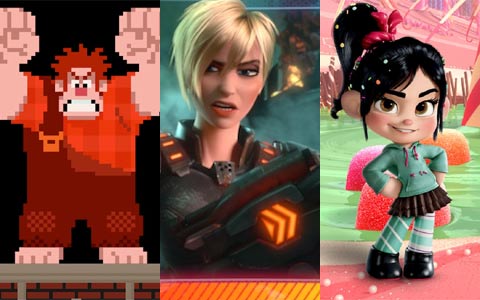
A Different Game From A Different Time
Not only does Wreck-It Ralph pay tribute to video games by implementing classic characters, it also does a great job illustrating just how much the medium has evolved over the last 30 years. While the titular character was born in the world of 8-bit games, over the course of the movie he also ends up in “Sugar Land” – a Mario Kart-type game from the 90s that features a world made out of sweets and deserts – and “Hero’s Duty” – a Halo-type shoot-em-up where the user has to fight off an invasion of deadly space bugs. Because the aesthetics of each game are so different, obviously that has a major effect on the animation and look of the movie.
“Since this is sort of our throwback to the ‘80s, we’re looking at really simple shapes, geometric shapes and repeating patterns,” said Cesar Velazquez, an effects animator for Disney, when discussing Ralph’s home, the game “Fix-It Felix Jr.” “’Sugar Rush’, is more cartoony, with cartoon physics, and very charming effects. Hero’s Duty [has more] sort of state-of-the-art, realistic effects.”
While the film doesn’t keep its 8-bit characters in 8-bit for the entire movie, instead being realized as more fully-formed CG figures, it was a challenge for the effects teams to maintain their movement and look. The residents of “Fix It Felix Jr.” turn at hard 90 degree angles and they hop up stairs instead of stepping.
“We kinda knew what these characters looked like as far as game play,” said Renato Dos Anjos, an animation supervisor on the film. “Like a 1980s video game, 8-bit video game, from the era. But with that they're really based on this really simplistic kind of style of animation where it's just a couple poses to represent an idea. And bringing that into the worlds, you know, we see one of the characters to evolve and to act properly. [It] took a lot of studying, trial and error - some things worked, some things didn’t. And the process of scoping that style was somewhat difficult. Everything, and every character starts with flow of design, you know, with hand-drawn design. And we have to kind of interpret that inside a CG world.”
“Hero’s Duty,” on the other hand, presented a completely different kind of challenge, because rather than trying to keep things simple the idea was to make everything as realistic as possible, matching the incredible effects that can be found in the most recent generation of console games. Accented with plenty of triangles, which we were told were visually representational for “violence, and action, and tension,” the area’s color palette also works to make acid green a trigger color so that the audience knows to feel the tense about the events in the movie.
Conversely, “Sugar Land” is filled with plenty of soft pastels, light reads and circles. “Everywhere you look cute, cute, cute, whatever we can do to get cute out of the movie,” said Mike Gabriel, a member of the team’s visual development team.
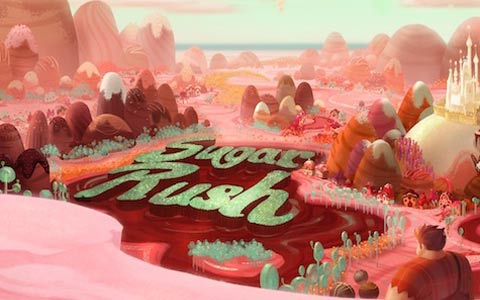
Playing With Your Food
The filmmakers behind Wreck-It Ralph obviously did their homework when it came to video games, but they also did plenty of research in another unexpected area: candy. The film has a large number of scenes in “Sugar Rush” and so the developers wanted to make sure that they were properly presenting all of the food stuffs. And part of that research process included a little field trip.
“We went to an international candy fair - it’s one of the biggest in the world,” said Adolph Lusinsky, the film’s Director of Look and Lighting. “It was in Cologne, Germany and it had candy from all different parts of the world. It was broken up into countries. It was fantastic. We got to see different textures and types of candies from all over the world to bring back into our movie.”
With “Sugar Land” the animators and developers worked to create a world not only as realistic as they could make, but also as enticing. The ultimate goal was to make everything “as delicious and decadent as it could,” according to Assoc. Director of Look and Lighting Brian Leach.
To achieve this they also brought in a number of food photographers, people whose job it is to make people start to salivate. They then worked as a team to separate images of good looking food and bad looking food, and then used the data to determine what it was about the good that was good and what about the bad that was bad. One of the key things they discovered was that it is best to have each piece of food be distinguishable – otherwise it looks like mush.
And they did practical experimentation as well. They crashed toy spaceships into cake frosting, built rooms out of sugar cubes, and under-lit gumdrops, all to see the effect it would have in a real environment.
“Happy accidents gave us this really nice, appealing shape in front of it that hadn’t occurred to us until we did this and saw that,” said Lusinsky, talking about the ship crash into the frosting. “So that helped inform the modeling of that piece for the film.
Want to read more about Wreck-It Ralph? Stay tuned over the next couple of days as we also have interviews with the director and cast! And, as always, head over to our Blend Film Database for more!

Eric Eisenberg is the Assistant Managing Editor at CinemaBlend. After graduating Boston University and earning a bachelor’s degree in journalism, he took a part-time job as a staff writer for CinemaBlend, and after six months was offered the opportunity to move to Los Angeles and take on a newly created West Coast Editor position. Over a decade later, he's continuing to advance his interests and expertise. In addition to conducting filmmaker interviews and contributing to the news and feature content of the site, Eric also oversees the Movie Reviews section, writes the the weekend box office report (published Sundays), and is the site's resident Stephen King expert. He has two King-related columns.
